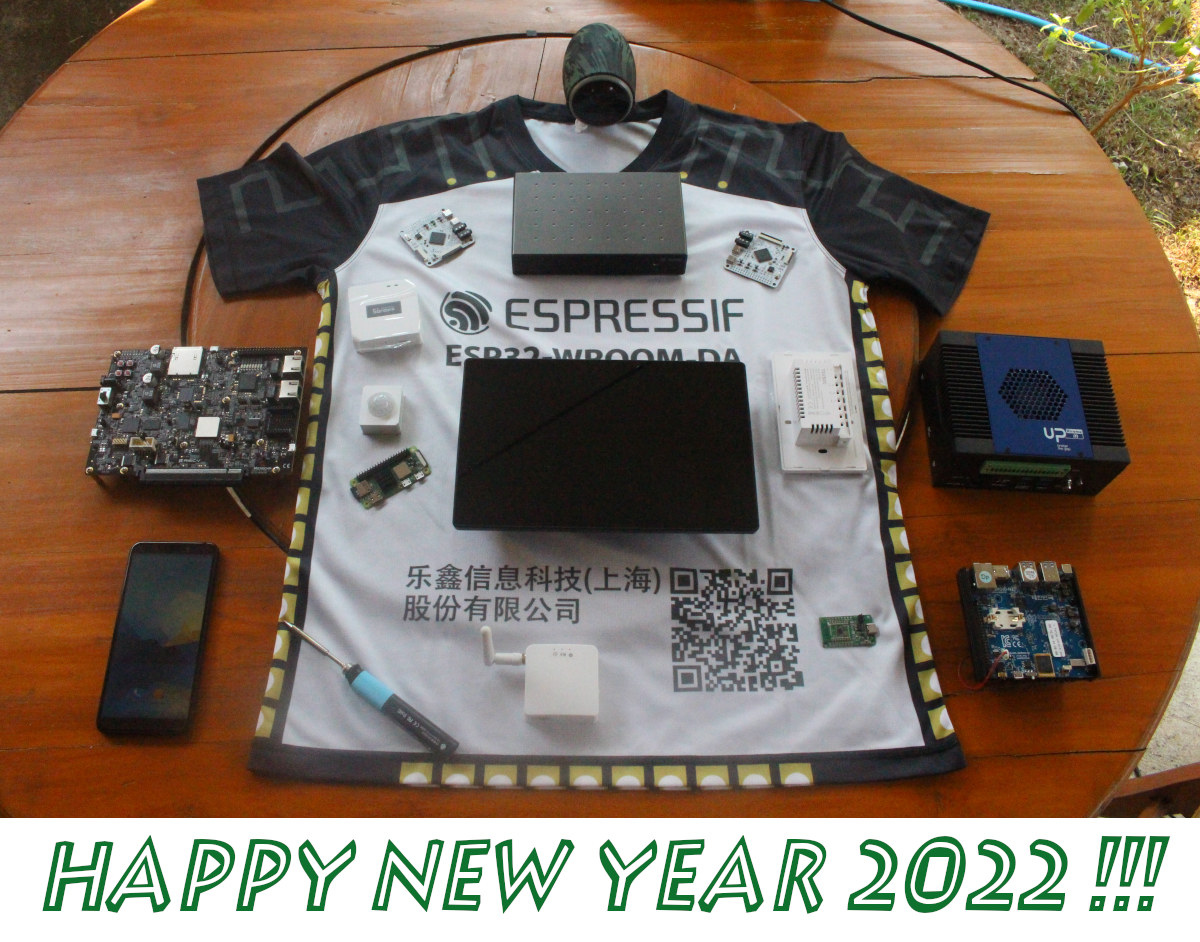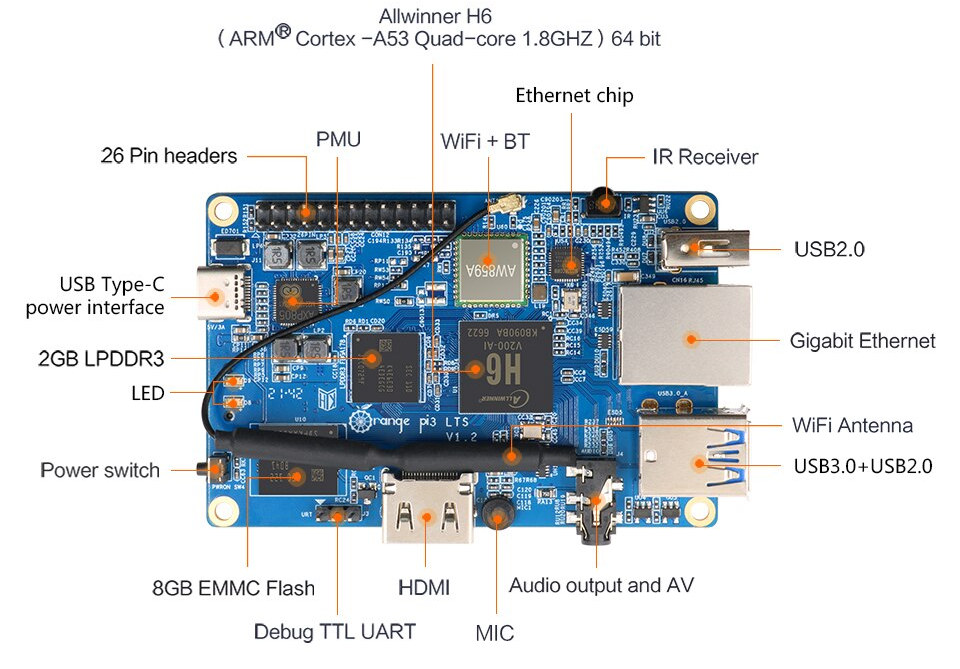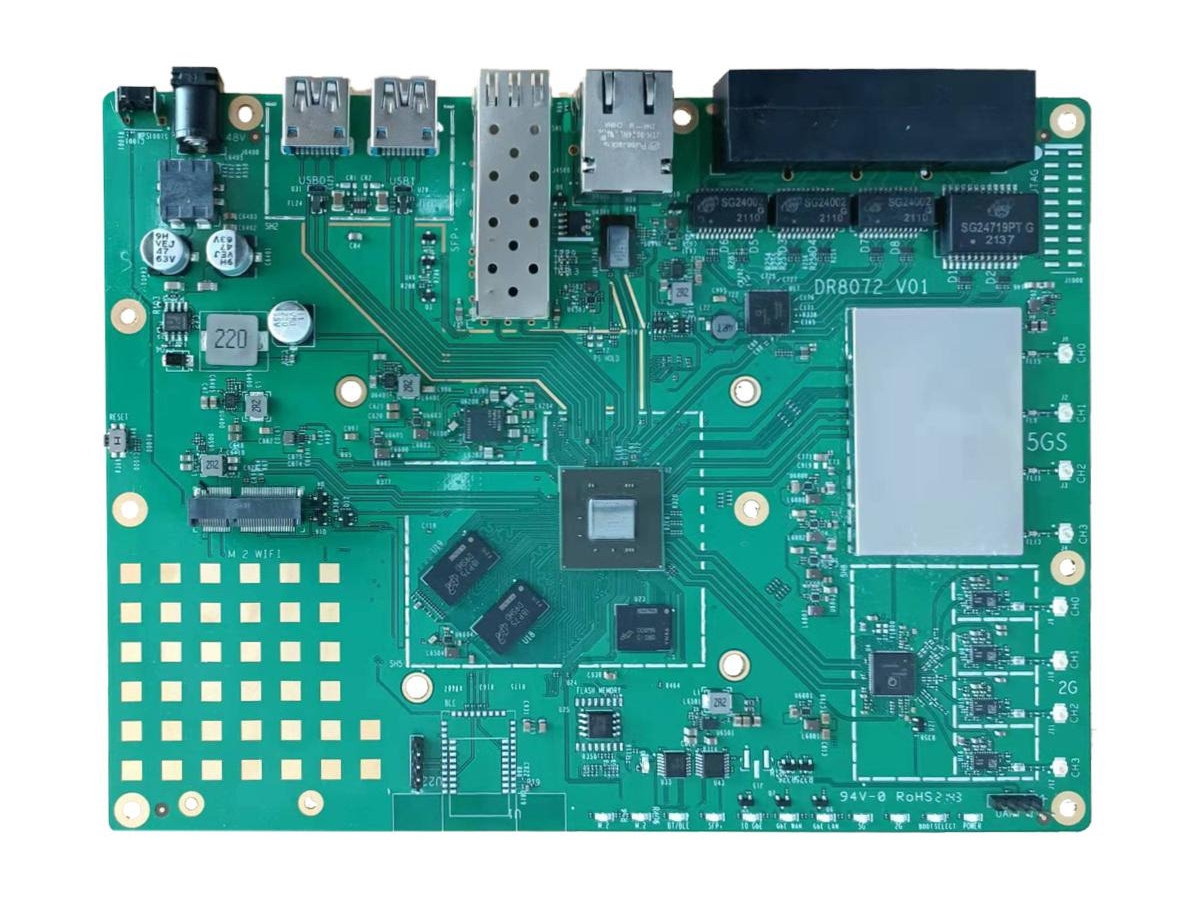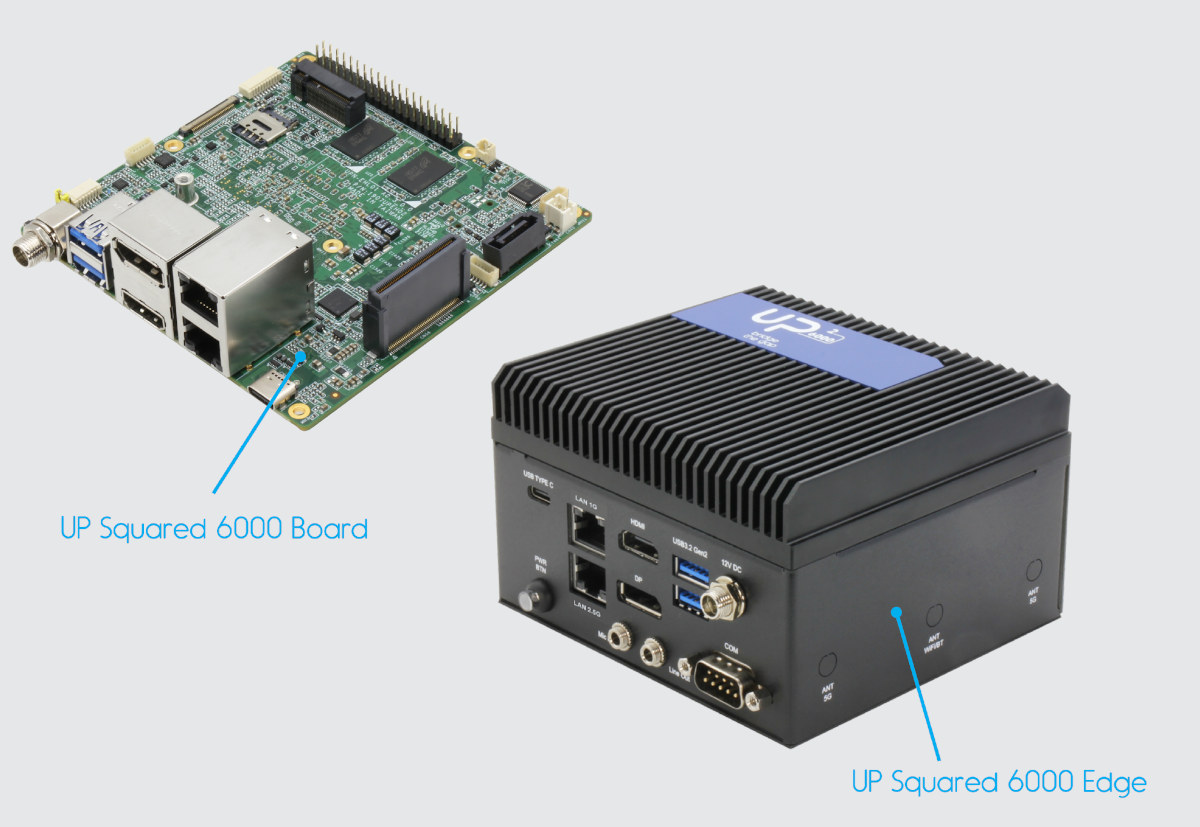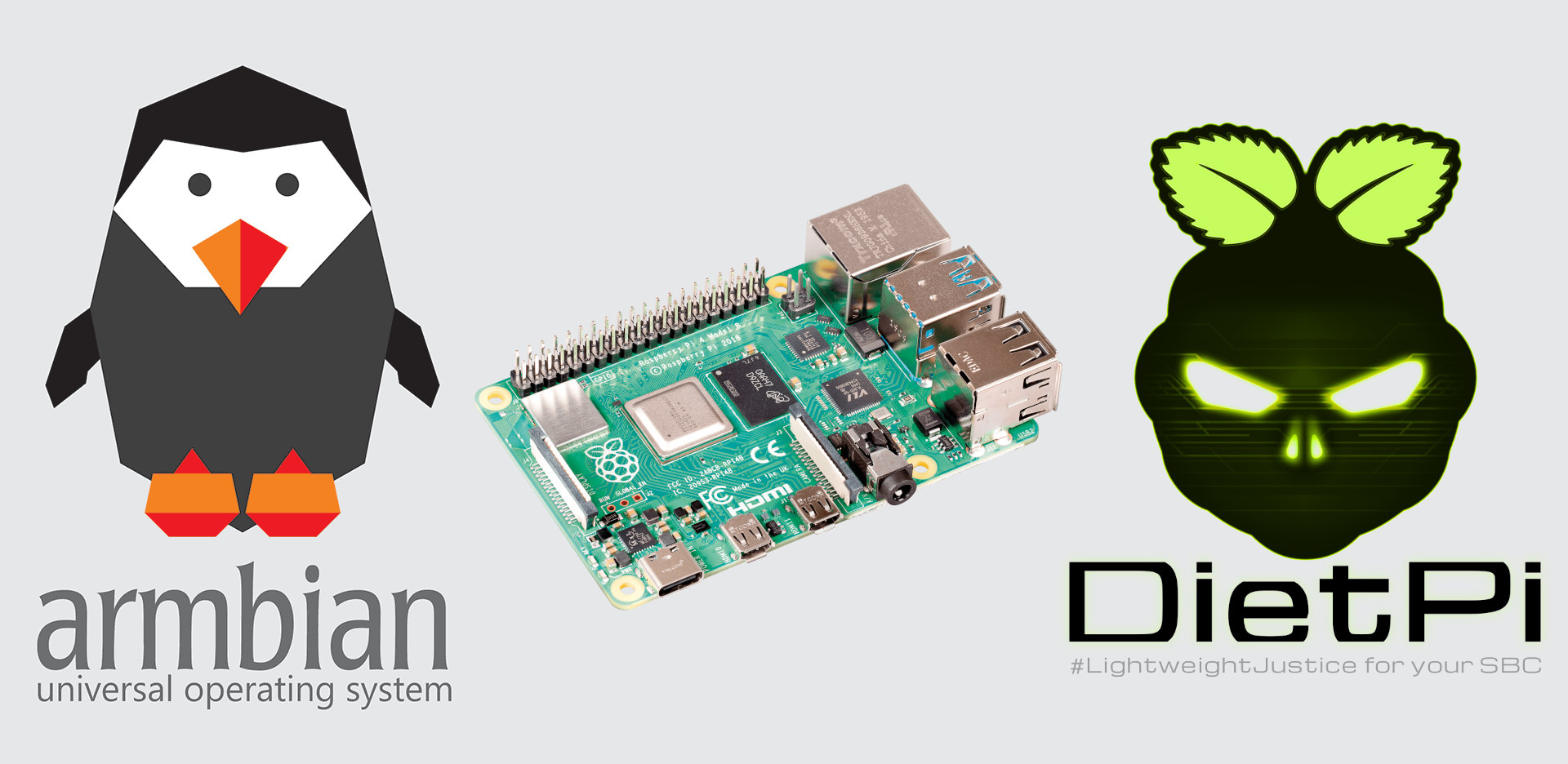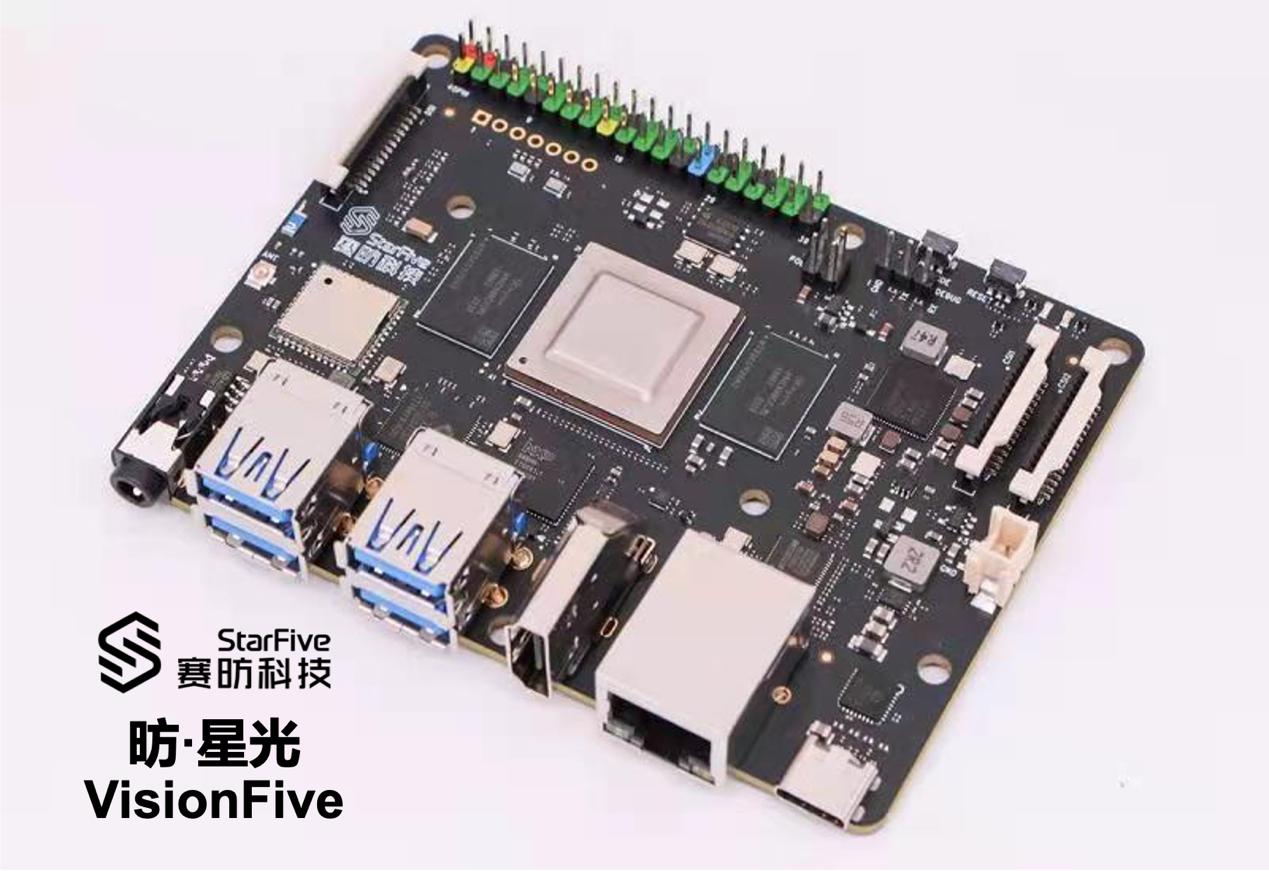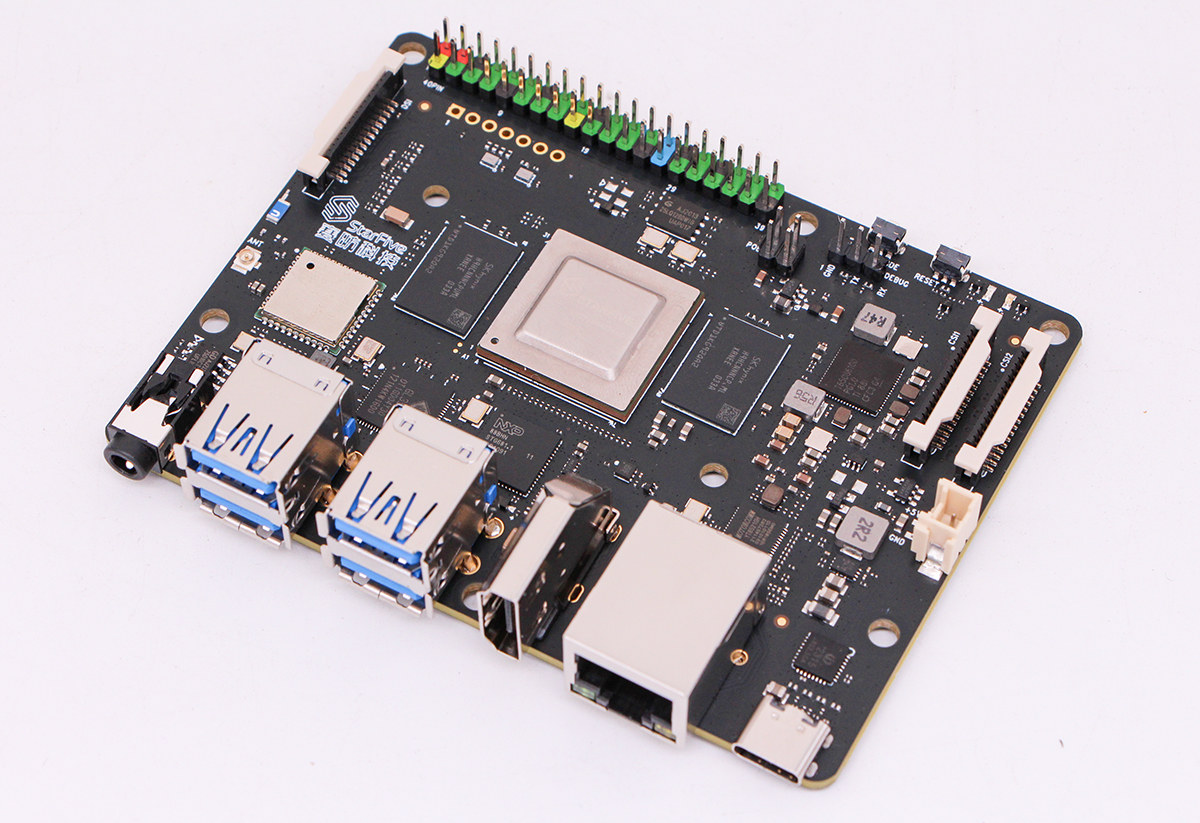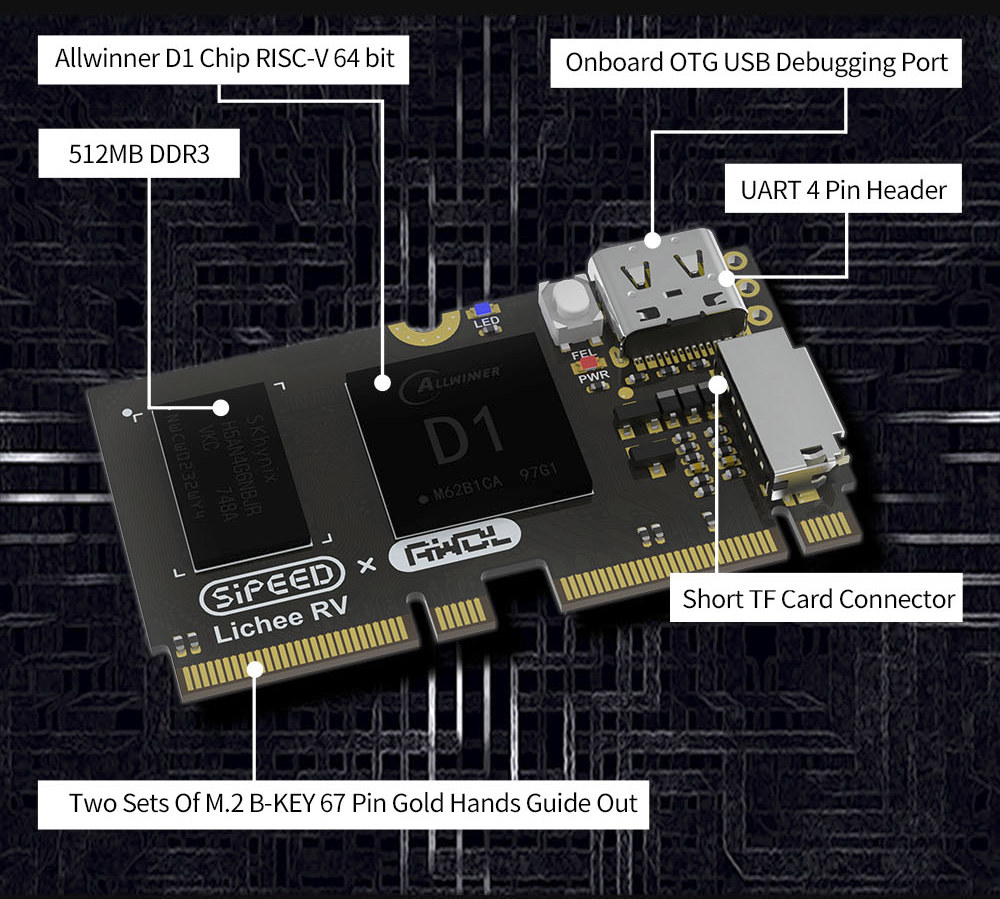As per tradition, we’ll look back at what happened during the year in the last post, and see what 2022 may have in store, plus the usual statistics from CNX Software website. The biggest story of 2021 has to be the worsening of semiconductors shortages with extremely long lead times, prices of some components going up multiple folds, constant complaints on Twitter about availability and prices. I think I even saw a website, hopefully misconfigured, showing an estimated availability of a specific STM32 MCU in 2037. This also gave rise to opportunities and board redesigns, with MotorComm Ethernet chips replacing some Realtek chips in SBCs such as NanoPi R2C and Orange Pi R1S Plus LTS, and CH9102F showing up as a replacement for CP2104 in some IoT boards. We also got some interesting Arm processors, but sadly the high-expected Rockchip RK3588 got delayed by another year, although it’s getting really […]
$35 Orange Pi 3 LTS SBC comes with 2GB RAM, 8GB flash, AW859A WiFi 5 and Bluetooth 5.0 module
Orange Pi 3 LTS is a cost-down, more compact version of Orange Pi 3 SBC launched in 2019 with Allwinner H6 quad-core Cortex-A53 processor, Gigabit Ethernet, four USB 3.0 ports, and mPCIe socket with a PCIe x1 Gen2 lane. AFAICR, the latter never really worked well due to a botched implementation in the SoC. The new slimmed-down Orange Pi 3 LTS is sized like a business card, loses the mostly useless mPCIe socket from the original board, comes with 2GB LPDDR3 RAM (no more 1GB RAM option), a lower number of USB ports, USB Type-C power input, and an Allwinner AW859A WiFi and Bluetooth module replaces the Ampak AP6256 module from the original board. Orange Pi 3 LTS specifications: SoC – Allwinner H6 quad-core Cortex A53 processor clocked at up to 1.8 GHz with Arm Mali-T720MP2 GPU supporting OpenGL ES 3.1/3.0/2.0/1.1, DirectX 11 System Memory – 2GB LPDDR3 (before 1GB […]
Qualcomm IPQ8072A networking SBC supports dual 10GbE, WiFi 6
DR8072 V01 is a networking SBC based on Qualcomm IPQ8072A communication processor, with two 10GbE interfaces, one through an SFP cage and the other through an RJ45 connector, plus four Gigabit Ethernet ports, and 4×4 MIMO WiFi 6 connectivity (AX3700). Based on Qualcomm AP.HK09 reference design, the board follows Wallys Communications’ DR8072A embedded router board introduced earlier this year, also based on Qualcomm IPQ8072, but equipped with two 2.5 GbE interfaces and WiFi 6 connectivity. DR8072 V1 specifications: SoC – Qualcomm Atheros IPQ8072A quad-core Arm Cortex-A53 @ 2.2 GHz part of Qualcomm Networking Pro 1200 Platform System Memory – 512MB DDR4 2400MHz 16-bit interface (option up to to 2GB RAM) Storage – 8MB NOR flash, 256MB NAND flash Networking Wireless On-board 4×4 2.4GHz MU-MIMO OFDMA 802.11b/g/n/ax, max 17dBm per chain, up to 1147Mbps On-board 4×4 5GHz MU-MIMO OFDMA 802.11a/n/ac/ax, max 17dBm per chain, up to 2475Mbps Frequencies – 2.412 to […]
UP Squared 6000 – AAEON introduces Elkhart Lake SBC and Edge computer
AAEON has unveiled a new single board computer and edge system from the “UP bridge the gap” family with UP Squared 6000 equipped with Intel Atom x6000, Celeron, or Pentium Elkhart Lake processor, up to 8GB DDR4, 64GB eMMC flash, two Gigabit Ethernet ports, DisplayPort 1.2, HDMI 2.0b, eDP video interfaces, SATA and M.2 storage, and more. The UP Squared 6000 is available in four different SKUs with notably an industrial SKU powered by the Intel Atom x6425RE optimized for automation, robotics, and industrial applications with support for Intel Time Coordinated Computing (TCC), Time-Sensitive Networking (TSN) via its 2.5GbE port. UP Squared 6000 specifications: Elkhart Lake SoC (one of the other) Intel Celeron N6210 dual-core processor @ 1.2 GHz / 2.6 GHz with 16EU Intel UHD graphics; 6.5W TDP Intel Pentium J6426 quad-core processor @ 1.8GHz / 3GHz with 32EU Intel UHD Graphics; 10W TDP Intel Atom x6413E quad-core processor […]
Raspberry Pi 4 gets Armbian test images, DietPi 7.9 released
Ubuntu and Debian images built by Armbian got popular because of the sad state of affairs of most single board computers. But since Raspberry Pi boards are rather well-supported by the Raspberry Pi Foundation and community, plus part of it is closed-source, there’s been little motivation by the Armbian community to work on it, and that means there’s no official support for Raspberry Pi. But some Armbian test images have just been released for Raspberry Pi 4, specifically Ubuntu 22.04 “Jammy Jellyfish” images with a CLI (headless) version, and two desktop variants with Cinnamon and XFCE desktop environments which you can download on their server(s). Separately, DietPi 7.9 lightweight Linux distribution based on Debian has also been released with various improvements. The good news about Armbian images for Raspberry Pi is that they exist, but the less good news is that those are still “test images”, and the popular board […]
StarFive VisionFive single board computer officially for sale, accelerating RISC-V ecosystem development (Sponsored)
San Francisco, U.S. – Dec. 8, 2021- at RISC-V Summit 2021, StarFive Technology Co., Ltd. (hereinafter “StarFive”), the leader of RISC-V software and hardware ecosystem in China, announced that “VisionFive” single-board computer is officially for sale. The availability of VisionFive signifies a breakthrough in RISC-V hardware for high-end applications to help accelerate the innovations of the global RISC-V industry and promote the improvement and development of the open-source software ecosystem to drive the realization of more innovative top-layer RISC-V applications. VisionFive open-source hardware enables a new level of innovation for the RISC-V ecosystem VisionFive, the first generation of cost-effective RISC-V single-board computer is designed to run Linux, with StarFive’s JH7100 vision processing SoC. The JH7100 SoC is equipped with a 64-bit high-performance RISC-V dual-core processor with a 2MB L2 cache, running at 1.5GHz, which is excellent for high-performance computing. The JH7100 SoC is further equipped with the deep learning processing […]
VisionFive V1 RISC-V Linux SBC resurrects BeagleV StarFive single board computer
Last summer we reported that BeagleV StarFive RISC-V SBC would not be manufactured, but all was not lost as StarFive would collaborate with Radxa to make a new single board computer based on their JH7100 dual-core 64-bit RISC-V processor. But thanks to a report on Heise and extra photos acquired by CNX Software, we now have more details about the board that mostly comes with the same features as the BeagleV StarFive, but a completely different layout that brings all the main ports to one side of the board. VisionFive V1 specifications: SoC – StarFive JH7100 Vision SoC with: Dual-core Sifive U74 RISC-V processor @ 1.5 GHz with 2MB L2 cache Vision DSP Tensilica-VP6 for computing vision NVDLA Engine 1 core (configuration 2048 MACs @ 800MHz – 3.5 TOPS) Neural Network Engine (1024MACs @ 500MHz – 1 TOPS) VPU – H.264/H.265 decoder up to 4Kp60, dual-stream decoding up to 4Kp30 […]
Sipeed LicheeRV – A $16.90 Allwinner D1 Linux RISC-V board
Finally! There’s now a much more affordable Allwinner D1 RISC-V Linux board thanks to Sipeed LicheeRV Nezha CM SBC sold for $16.90 and up on Aliexpress, that’s much cheaper than the $100 asked for Nezha SBC, although still not incredibly cheap as we’ll see from the specifications below. Sipeed LicheeRV is actually both a board and a system-on-on-module with an edge connector, and is equipped with 512MB DDR3, a USB-C OTG port, a MicroSD card socket, and an SPI display interface. The dual M.2 edge connector can be plugged into a carrier board, and they will be a “86 Box” (86x86mm) for HMI display that can be used for home automation. Sipeed Lichee RV specifications: SoC – Allwinner D1 single-core XuanTie C906 64-bit RISC-V processor @ 1.0 GHz with HiFi4 DSP, G2D 2D graphics accelerators Memory – 512MB DDR3 memory @ 792 MHz Storage – MicroSD card slot Video – […]


